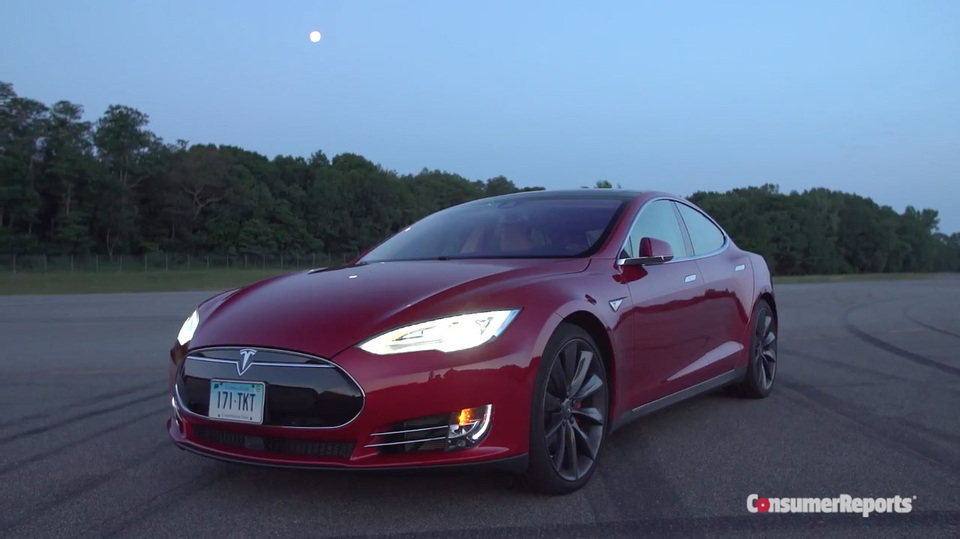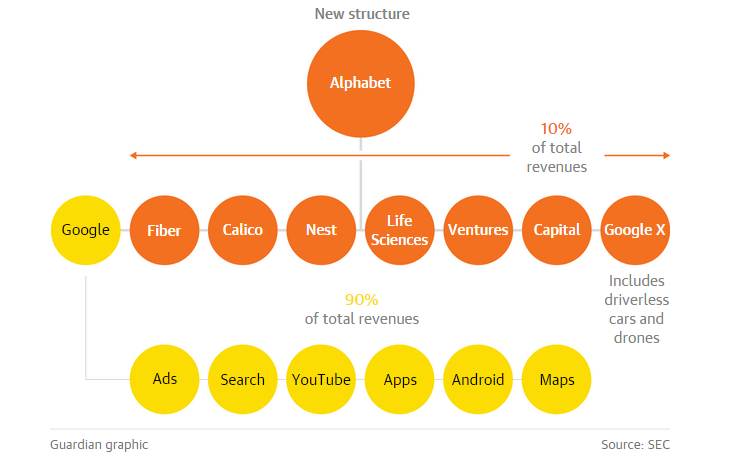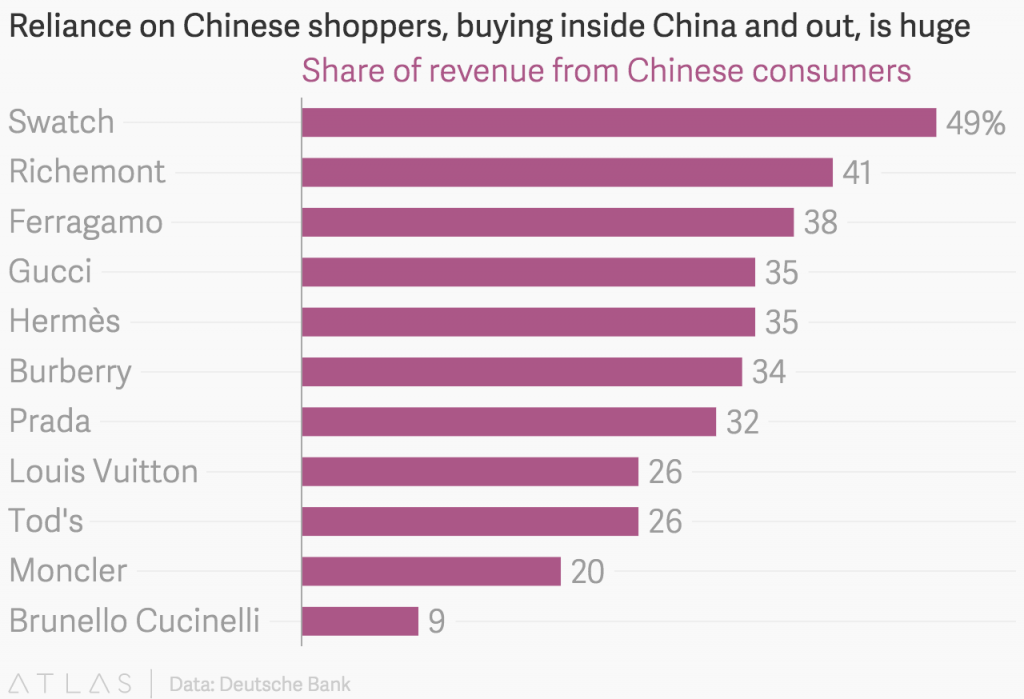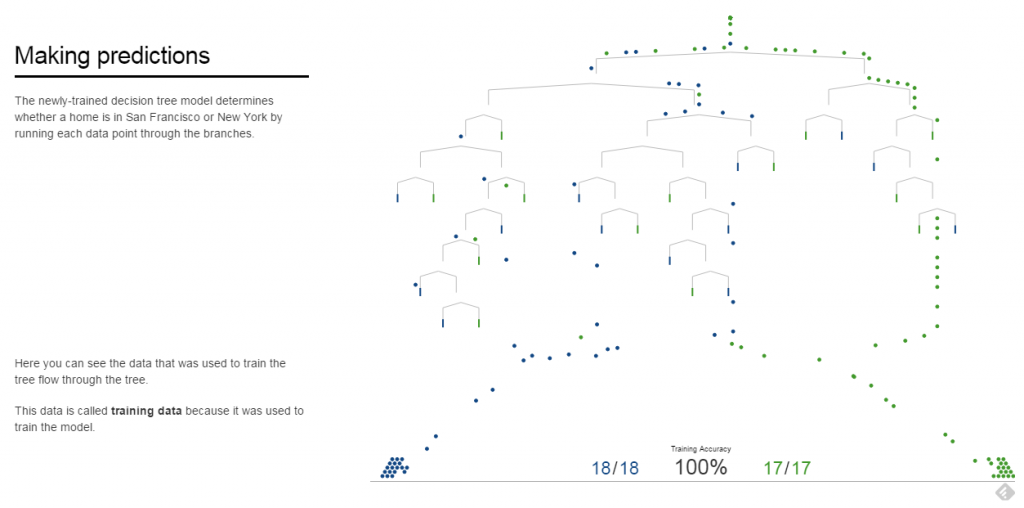Sections
[avatar user=”malm” size=”small” align=”left” link=”file” /]
Facebook are trialling a virtual digital assistant with some unique features:
Facebook is running a small trial of a new service built into Messenger, a virtual assistant called M. The system will be a mix of artificial intelligence and human supervisors who will check to make sure every query is answered.
Facebook M has the potential to disrupt software-mediated personal concierge propositions such as that provided and will inevitably raise the bar for other Instant Messaging and text chat based solutions. Wired provided more detail on how M works under the hood:

When a Facebook user asks a question (top), M’s artificial intelligence engine analyzes what is said (middle) and shares this analysis with Facebook’s human “trainers,” who then respond to the user (bottom).
It’s worth considering how Facebook have executed their “move fast, break things” strategy since identifying OTT Messaging as a key value proposition for their brand. In the last three years alone they have:
- Launched Facebook Messenger on mobile
- Acquired WhatsApp
- Acquired Instagram
- Taken over 40% of the top 10 of the most downloaded mobile apps with Facebook in top spot and Messenger number 2
- Added service integration (eg. payments) and video features into Messenger
- Acquired wit.ai and integrated its AI technology into Messenger as “M”.
The acquisitions above provide the key to Facebook’s ability to operate at such speed. The lesson for anyone working with now is to partner, license or acquire specialist SW startups to hyper inflate features. Not roll your own solution. Unless it’s part of your core business proposition or you are operating at Facebook scale and have access to a large and talented engineering pool.
There remains a remarkable lack of general awareness of the scale of technical achievement at Facebook which some of the answers to this Quora question help illuminate. Many people still seem to see the company as one large web site rather than a progressively strategic collection of platform properties. In fact the sheer number of users which reached a new height of one billion this week and the unique performance requirements they introduce have driven some of the Facebook’s greatest technical achievements. Any would be unicorn seeking to take them on would need to address the same issues.
Devices and Manufacturers
- Not so long ago only the likes of Nokia or Samsung had the resources and connections to deliver complex phone propositions. Now almost anyone with funding, a degree of determination and a product and brand vision can build a cutting edge Android smartphone with access to the predominantly Chinese software and hardware component supply chain. Companies like PCH provide the crucial link for Western startups trying to access this scene. Fortune recently profiled PCH veteran CEO Liam Casey who has observed first-hand over many years the growing power of Chinese supply chain dynamics:
Factories in China simply manufacture and ship items directly to consumers after they’re ordered, Casey says; he sees a future where inventory and even warehouses are “history.”
- WileyFox is the latest entrant in the increasingly over-crowded budget Android smartphone space. The “edgy” brand announced their arrival last week announced two Cyanogen-based models called Storm and Swift built on Qualcomm SoC both retailing at sub-£200 and available for pre-order online now. The Telegraph made much of a specifically British connection and a specific focus on security. Ironically it’s likely the product was effectively built in China:
WileyFox is targeting consumers keen to try a smartphone with a “European” look and those seeking transparency on issues such as handset privacy and security. … Among the new features offered by Cyanogen are security features that will appeal to consumers worried about their privacy. The unlock screen can scramble the numbers to make it harder for snoops to spy on your PIN.”

- Another entrant in the same Android low cost long tail market niche differentiator is Kickstarter based Nextbit whose unique twist is an interesting-sounding ‘virtual memory in the cloud’ smartphone proposition:
Robin only has 32GB of storage built right into it, but it’s linked very tightly to 100GB of cloud storage. Enter the secret sauce: Robin’s software will figure out what apps and data have gone untouched lately and shuffle them up into ethereal storage space.

- The Acer Predator 6’s thing is gaming for which it has a 6 inch HD display and a deca-core processor.
- Meanwhile for the Z5 increment of the Xperia range, Sony have majored on display as differentiator:

- Smartisan have the distinction of being a Chinese handset manufacturer. Their T1 launched last year to considerable acclaim. Smartisan have now launched their second Android smartphone, “the U1 aka JianGuo (which means “nuts” in Chinese), to cater to the younger audience with an 899 yuan (about $140) base price.” It also seems to have taken a few colour and style leads from the iPhone 5c:

- Blackberry too may well capitulate to the inevitable and build their own Android phone. Engadget reported an alleged sighting of the “Venice” smartphone complete with Blackberry-trademark keyboard and slider:

Google and Android
- Useful Telegraph recapitulation of what the Google Alphabet restructure really means. As others have pointed out, the move effectively demotes the old Google to first among equal status with a bunch of other units that are longer term bets. It allows the company to organise itself as the embodiment of a barbell strategy:
- The Google part also now has a new simpler logo and some details on the journey to that logo:
- Android-based mobile ultrasound imaging offers the potential for revolutionising the scope of use of such technology in many parts of the developing world where it isn’t practical or affordable today:

Amazon
- The image of Amazon as a nasty employer won’t be helped by this cautionary tale from an ex-employee that had a baby and cancer and ended up on a Performance Improvement Plan when she finally returned to work.
- Another victim of an Amazon Performance Improvement Plan appears to be the Fire Phone as well as dozens of the Lab126 engineering team that worked on it. It seems the company may have to return to the drawing board in terms of its mobile ambitions.
Apps and Services
- Six reasons your app hasn’t gone viral include inattention to the AARRR acquisition-referral funnel (see diagram below), lack of gamification or shareability and issues around user confidence and trust.

- The over-55’s in the UK spend over £14 billion on online shopping but according to the Telegraph, they’re “still ignored” as a target customer base by brand marketers.
- Wired assess the fallout over Spotify’s “eerie” new privacy policy and why there’s actually very little Spotify consumers can do short of cancelling their subscription.
Asia
- China’s stock market travails have been widely covered this week. Quartz highlighted how exposed it has left many luxury fashion brands who are heavily reliant on Chinese consumer spending:
- Rather than an outright crash which is the proximate source of jitters, it seems more plausible that China’s economic advance is going to get progressively harder and more complex as it transitions away from an industrial society to one built on consumer service propositions.
Wearables and the Internet of Things
- This Wired post makes the point that given technology obsolescence, a large Millenial consumer base and the need for wearable brands to undertake rapid product innovation, a rental model may make better business sense:
A disposable or rental model makes sense in today’s Millennial marketplace. Young consumers and early tech adopters don’t have the need, attention spans, or space for long-term purchases. They chase experiences and care about identity.
- Also from Wired, a steampunk low resolution 80×80 pixel mechanical screen comprised entirely of spools of thread:
- Android Wear now works with iPhones running 8.2+.

Cars
- The highly-anticipated Tesla S “broke Consumer Reports rating system” it was that good. It bodes well for pre-orders for what will be a $35k vision of things to come. It also bodes well for Elon Musk’s business reputation may be going to Mars before he does:
“it’s so good, it actually broke the magazine’s rating system, achieving 103 points on a 100-point scale. The reviewers call the sedan “a glimpse into the future of the auto industry.” They actually had to re-evaluate their criteria to give the EV a maximum score.”

- The five value levers for automotive telematics from the standpoint of insurancethoughtleadership.com sees behavioural nudging and gamification as central considerations:
- Risk selection
- Pricing (risk-based)
- Value-added services
- Loss control
- Loyalty and behavior modification programs
Machine Learning
- A visual introduction to machine learning looks like a tremendous resource with a lovely, fluid UI powered by D3.js to illustrate the mechanics of machine learning in action. Part 1 focuses on decision trees:
Software Development
“Six out of ten parents said they want their primary school age children to learn the coding language over French. And 75% of primary school children said they would rather learn how to programme a robot than learn a modern foreign language.”
- A Quora reader asks if ReactJS is overtaking AngularJS as the most popular front end web framework. It certainly has the momentum of hype behind it but reality in the form of job postings is somewhat different:
- Absorbing and insightful video on software development at leading music software outfit Ableton. Refreshingly presented from a practitioner rather than manager perspective:
- Why the hamburger menu “doesn’t work” and a trusty old tab bar may actually be a better choice:
You know what never looks anything even close to what the user actually wants? A small three-bar icon tucked in the corner of a website. It has no information scent. Even after the user has exhausted every other option, it still might not occur to them that the answers they seek are hiding behind those three bars. Users generally aren’t inclined to click it.
![]()
Digital Enterprise
- Timely blog post aimed at CIOs warning that time is running out for old school thinking for businesses wishing to survive the forces of digital transformation:
The business is looking for IT not just to support innovation but also to be a source of innovation. With the consumerization of IT, many IT organizations have found themselves behind their users in adopting new technologies. IT needs to invest in research and development capabilities to evaluate emerging technologies and support joint pilots and POCs with the business. IT needs to get ahead of its customers and lead, not follow when it comes to exploiting technology.
- This HBR post suggests an even more radical therapy – CIOs should learn to code to get the best understanding of the technology at the heart of digital transformation.
Science
- A potentially transformative electrochemical process for extracting carbon from aerial CO2:
A new method for taking carbon dioxide directly from the air and converting it to oxygen and nanoscale fibers made of carbon could lead to an inexpensive way to make a valuable building material—and may even serve as a weapon against climate change.
Startups and hiring
- Really useful insight from a16z on key metrics investors use to measure startup health. They range from revenue and profit with a particular focus on GMV (Gross Merchandise Value) to CAC (customer acquisition cost) and MAU (monthly active users):
When initially evaluating businesses, investors often look at GMV, revenue, and bookings first because they’re an indicator of the size of the business. Once investors have a sense of the the size of the business, they’ll want to understand growth to see how well the company is performing. These basic metrics, if interesting, then compel us to look even further.
- “Save for later” service Pocket hits the ExO spot. For much of its past, it was run by one person and today has 20 million users and just 20 employees.
- LinkedIn post from the CEO of General Motors emphasising the importance of diversity and hiring the right people:
we know success in any area hinges on having the right people. Think about that the next time you fill an opening.
Lifehacking
- How to become a morning person. Establish a habit around going to bed earlier and avoid accessing any computing devices before you do so. The latter is a message starkly reinforced by HBR.
Blogging
- This site has now been updated to the recently released WordPress 4.3 (“Billie”).
Culture and Society
- This week has provided a terrible reminder this week of the tragedy of a toddler washed up on a Mediterranean beach further amplifying the other grim disasters of war this year has already yielded. Many of those on the move away from Syria will continue to take their chances with migration than risk indiscriminate government carpet bombing on the one hand and an implacably apocalyptic death cult fixated on bringing about a Doomsday type scenario on the other. Echoes through time of eschatologies past on a break in Italy this week where Primo Levi wrote his harrowing post-Holocaust examination of human capacity for inhumanity, The Drowned and the Saved. And where in Pompeii an exhibition in the excavated ruins of the colloseum brought together a collection of unforgettable plaster casts of the Drowned of all ages that met their grisly fate 2000 years ago.
For now we see through a glass, darkly;




